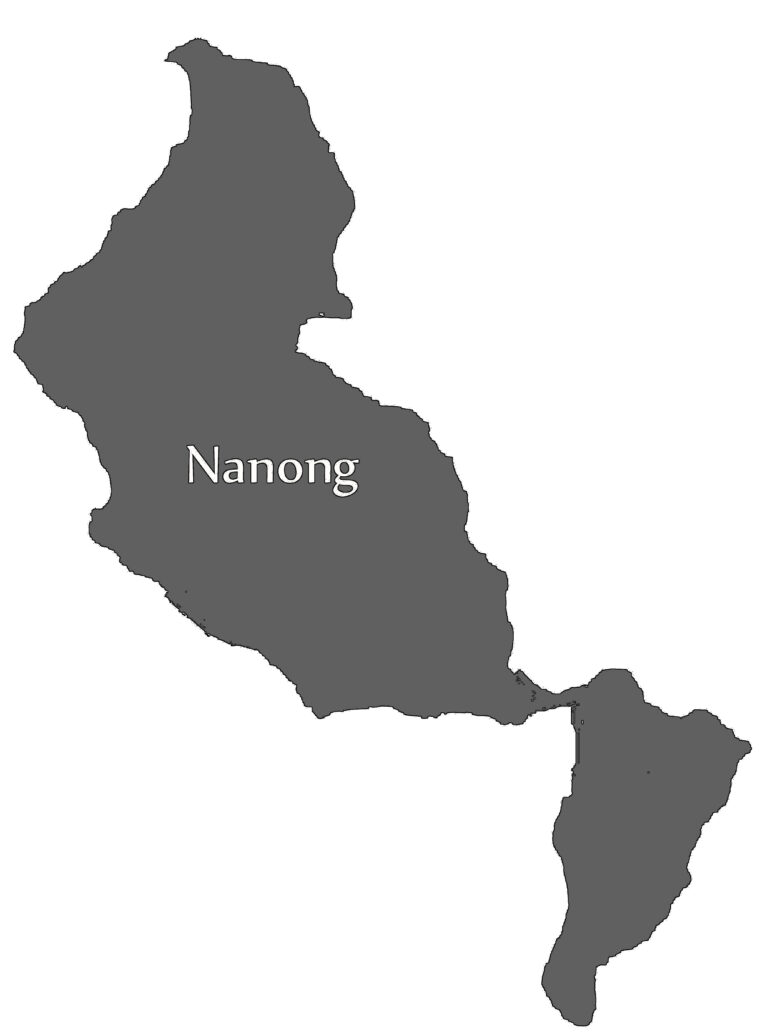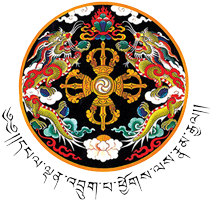Nanong
Nanong Gewog is located in the Northeastern part of the Dzongkhag with a total area covering approximately 81.69 Sq Km experiencing moderate climate. It shares borders with Shumar and Zobel gewogs, Lumang, Thrimshing, and Udzorong gewogs under Trashigang Dzongkhag.
The Gewog consists of 5 chiwogs namely Terphug-Woongchhiloo, Gashigkhar-Tshatshi, Raling, and Tokari with a maximum of 60 villages. It has a population of about 5223 consisting of 524 regular households. The Gewog Administration consists of a Gup (Block Head), Mangmi, Tshopa, Gewog Administration officer, and other civil servants as observers. It is connected by 58 km from the Dzongkhag Administration. The patterns of settlements in the gewog are mainly dominated by farmstead type and the landscape is mostly mountainous terrain however, proper Nanong Gewog is a gentle slope. The main farm products are oranges, potatoes, ginger, sugarcane, and maize. Maize is the major cereal crop, while potato, orange, ginger, groundnuts, and sugarcane are grown as cash crops. Tshatshi village is the most potential village for producing oranges. The gewog is well known for producing “Tshatsi Buram”- a locally prepared product from the juice of sugarcane and other ingredients. The livestock product mainly consists of eggs, cheese, and butter. The Gewog is fully electrified by June 2011 and none of the village is left without electricity. Nanong Gewog has a basic infrastructure that includes two primary schools, seven ORCs, one center school, two PHUs, two ECCDs, and a total of 27 chortens. Furthermore, in 11FYP, the Gewog had constructed 17 new RWSS schemes which made the village of Nanong Gewog accessible to safe drinking water.

Institutions
No institutions in this Gewog.
Staff









Tourism
No tourist destinations in this Gewog.
Contact us
- Dzongkhag Administration Pemagatshel, Eastern Bhutan
- Dzongdag Post Box No: 44001
- 07 471 100
- 07 471 142
- Email: support@pemagatshel.gov.bt
